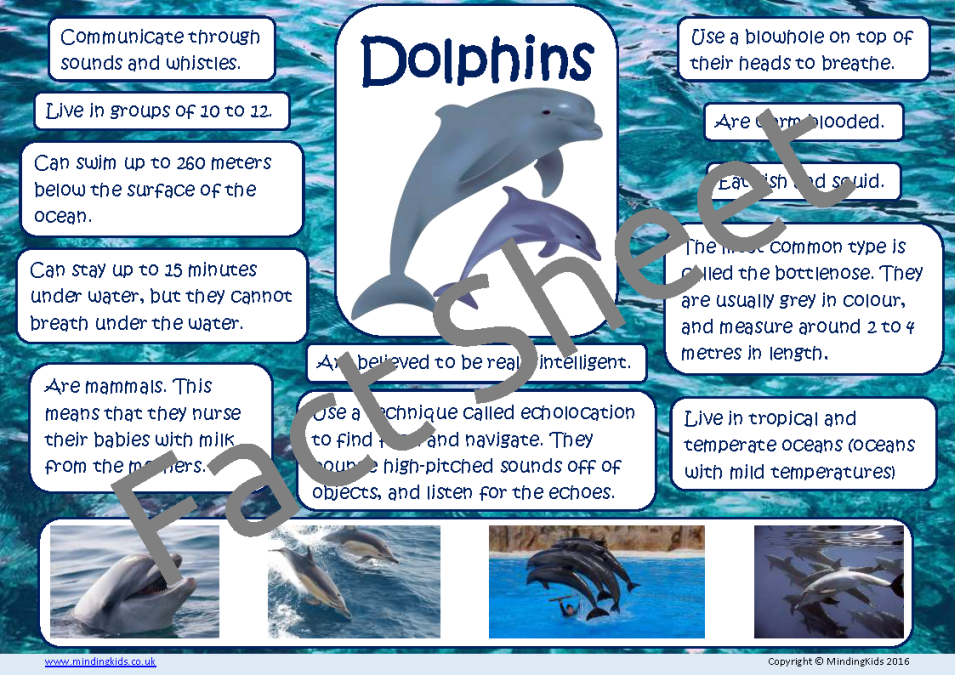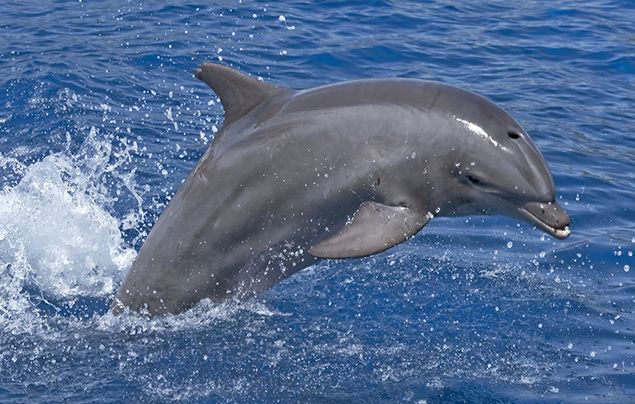Remarkable Dolphin Facts to Show Your Friends and Family members
Remarkable Dolphin Facts to Show Your Friends and Family members
Blog Article
Study the Sea: Fascinating Dolphin Truths for Ocean Lovers
The globe of dolphins presents a remarkable intersection of knowledge, social behavior, and environmental significance. From their complicated interaction methods to their remarkable problem-solving abilities, dolphins test our understanding of animal knowledge.
Dolphin Species Diversity
Variety is a hallmark of the dolphin household, incorporating a wide variety of species that display distinctive physical characteristics, habits, and environments. The household Delphinidae, typically understood as nautical dolphins, comprises about 37 species, each adjusted to certain ecological specific niches. For example, the bottlenose dolphin (Tursiops truncatus) is renowned for its intelligence and adaptability, growing in both coastal and open ocean atmospheres.
On the other hand, the whale (Orcinus whale), often referred to as the killer whale, is the largest member of the dolphin household and is defined by its striking black-and-white pigmentation. Orcas show complicated social frameworks and searching methods, showcasing the behavior variety within the household. Various other types, such as the rewriter dolphin (Stenella longirostris), are kept in mind for their acrobatic display screens and choice for warmer waters, highlighting the flexibility of dolphins to numerous aquatic ecosystems.
Additionally, river dolphins, consisting of the pink river dolphin (Inia geoffrensis), live in freshwater settings, better highlighting the wide-ranging environments that dolphins inhabit. Dolphin Facts. This extraordinary variety not only enriches marine ecosystems yet additionally highlights the significance of conservation efforts to shield these impressive animals and their atmospheres
Social Behavior and Interaction
The detailed social habits and communication methods of dolphins are essential elements of their existence, facilitating team cohesion and enhancing survival. These very intelligent marine creatures display complex social frameworks, commonly forming husks that can vary from a couple of individuals to over a hundred. Within these teams, dolphins take part in actions such as cooperative searching, social play, and shared protection, which cultivate strong bonds amongst members.
Dolphins make use of an advanced array of articulations, including clicks, whistles, and body movement, to convey details and express feelings. Their signature whistles act as unique identifiers, comparable to names, enabling people to call out to each other. This vocal interaction is matched by non-verbal signals, such as jumping, slapping the water, and synchronized swimming, which additionally enhances their interactions.

Special Feeding Habits
Special feeding practices characterize dolphins, showcasing their flexibility and intelligence in various aquatic environments. These marine creatures are understood for their diverse diet regimens, which mostly consist of fish, squid, and shellfishes. Their searching strategies can differ considerably, commonly tailored to the particular prey and find out this here environmental conditions.
One notable method is participating hunting, where dolphins operate in groups to herd schools of fish into limited developments, making it simpler for individuals to capture their meal. This social behavior not just boosts their feeding performance yet also reinforces social bonds within the covering. Additionally, dolphins have actually been observed utilizing a strategy called "fish-whacking," where they use their tails to stun or disorient fish, promoting less complicated capture.
One more fascinating feeding behavior is echolocation, which allows dolphins to identify target even in dirty waters. Generally, the unique feeding routines of dolphins highlight their duty as proficient predators within the aquatic environment, showing both knowledge and ingenuity.
Intelligence and Issue Addressing
Dolphins exhibit amazing cognitive capabilities that expand beyond their advanced feeding techniques. like this Their knowledge appears in their analytical skills, social interactions, and capacity for discovering. Research study has demonstrated that dolphins can utilize devices, such as utilizing aquatic sponges to safeguard their rostrums while foraging on the seafloor. This behavior highlights their capacity to adjust their setting efficiently and adapt strategies to boost survival.
Furthermore, dolphins display innovative communication skills, utilizing an intricate system of clicks, whistles, and body language. Dolphin Facts. This interaction is important for coordinating team activities, such as hunting and interacting socially, illustrating their capability to function jointly towards a common goal. Their capacity to understand abstract concepts, including self-recognition in mirrors, further emphasizes their cognitive refinement
In controlled research studies, dolphins have actually shown an ability to solve challenges and perform jobs that need both click this site memory and important thinking. These interactions suggest not only intelligence yet also a determination to engage with their setting in unique means. Overall, the cognitive prowess of dolphins places them amongst one of the most smart species on earth, fostering a much deeper recognition for their role in marine communities.
Conservation and Environmental Influence
Preservation initiatives aimed at safeguarding aquatic ecosystems are critical for protecting dolphin populaces and their habitats. Dolphins are extremely conscious environmental changes, and their survival is elaborately linked to the wellness of nautical environments. Overfishing, contamination, and climate adjustment pose significant risks to both dolphins and their settings.
Overfishing disrupts the food cycle, causing a decline in prey types important for dolphin survival. Contaminants such as chemicals and plastics accumulate in marine atmospheres, threatening dolphins with intake and bioaccumulation. Raised water temperature levels and sea acidification, effects of environment modification, further threaten the delicate equilibrium of aquatic ecological communities, influencing dolphin reproduction and migratory patterns.
By focusing on preservation efforts, we can make sure that future generations delight in the beauty and vigor of dolphins and the seas they inhabit. Shielding aquatic communities is not simply regarding conserving dolphins; it is concerning protecting the elaborate internet of life that maintains us all.
Conclusion
Dolphins exemplify the intricacy and splendor of marine life with their diverse species, complex social structures, and progressed cognitive capacities. Their one-of-a-kind feeding practices and interaction techniques even more highlight their adaptability and knowledge. As essential components of aquatic communities, dolphins underscore the requirement of recurring preservation initiatives to safeguard their environments. Safeguarding these exceptional creatures is essential not just for their survival but additionally for keeping the health and equilibrium of ocean atmospheres internationally.
Other varieties, such as the spinner dolphin (Stenella longirostris), are noted for their acrobatic displays and choice for warmer waters, highlighting the versatility of dolphins to different marine communities.
On the whole, the one-of-a-kind feeding habits of dolphins highlight their function as skilled killers within the marine ecosystem, showing both knowledge and ingenuity.
On the whole, the cognitive expertise of dolphins puts them amongst the most smart species on the earth, cultivating a deeper admiration for their duty in marine communities.

Report this page